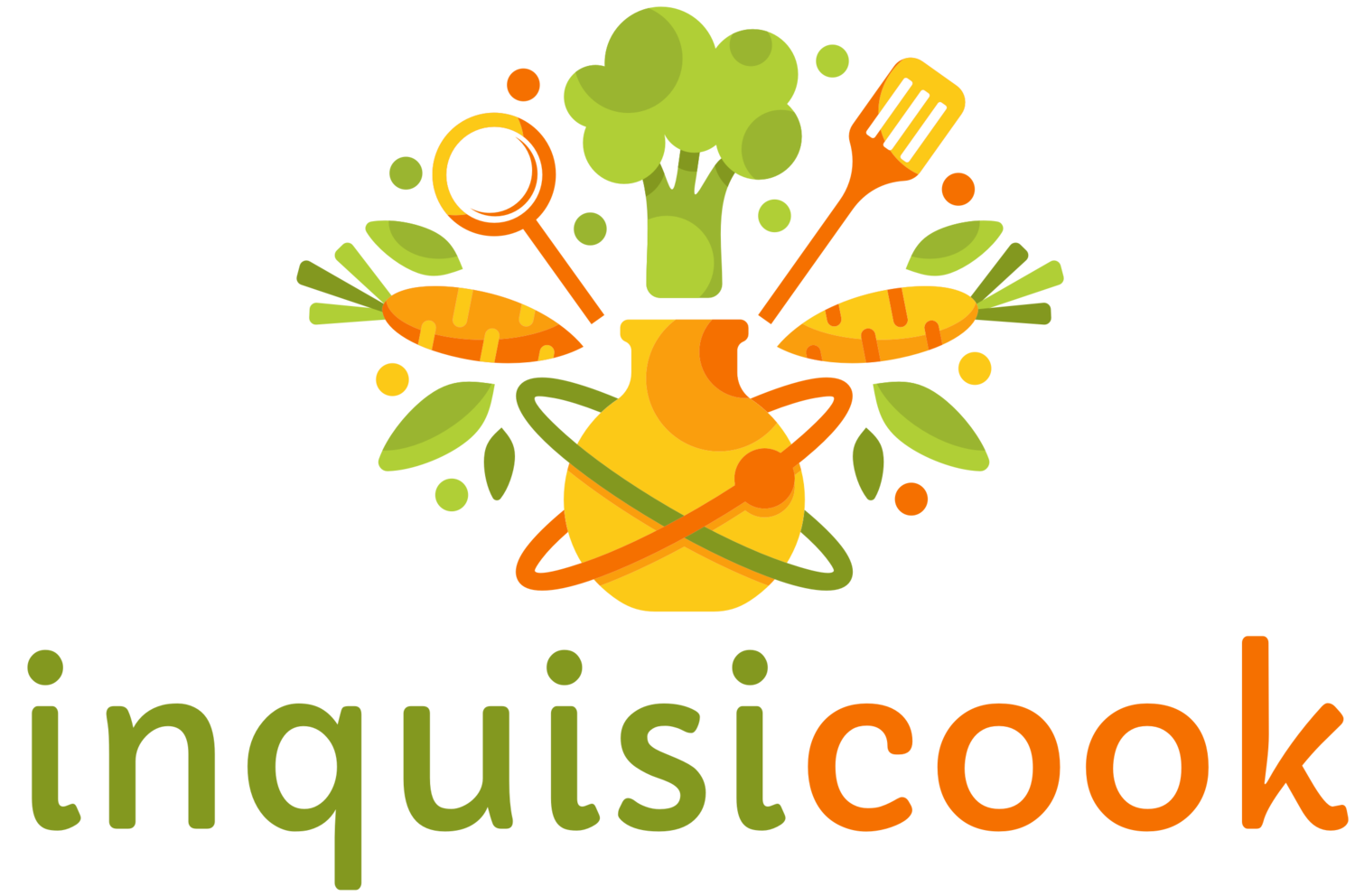
Inquisicook 2 builds on the culinary foundation laid in Inquisicook 1 with five fresh, fascinating units of study. Enrollment includes 12 months of access to all the lessons, videos, and recipes in Inquisicook 2, plus instructor resources and answer keys. (Single Family)
Click the enroll button to create an account then complete checkout in the following screen.
What’s Included
Lesson Videos
Let us do the teaching with informative videos that speak directly to the student in a conversational tone. Students have 24/7 access to the entire Inquisicook 2 Lesson Library for 12 months. Ready for more good news? Your purchase includes access for your entire household—not just one student!
Instructional Materials
We provide the recipes, instruction sheets, and student forms for every lesson, all with easy-to-follow directions. No additional books are needed. Best of all, our hands-on approach to learning brings delicious food to the family table.
Instructor Resources
Our answer keys and evaluation guidelines make assessing student progress a piece of cake, even for the busiest parents.
Inquisicook 2 Course Overview
-

Unit 1- Cookies
The course opens up with America’s favorite handheld treat: Cookies. After discussing cookie categories, we explore the characteristics of ingredients and how adjusting them affects cookie outcomes—especially texture. Students learn essential techniques, including creaming, reverse creaming, rolling, cutting, and shaping. We also spotlight issues that seem simple but make a difference, such as proper “room temperature” butter, chilling dough to improve flavor, and rotating pans during baking. Students consider the qualities of their ideal Chocolate Chip Cookie and then conduct a batch comparison. Other recipes include favorites such as Millionaire’s Shortbread, Apple Toffee Cookies, and Lemon Peel Slice & Bakes.
-

Unit 2- Starches & Sauces
Starches & Sauces make a tasty pair in our second unit. We investigate various thickening agents and methods, including roux, beurre manié, and slurries. Students learn how to assess viscosity and adapt basic sauces to other forms. They prepare a variety of sauces, including white sauce, velouté, hollandaise, and marinara. (The study of sauces extends into the protein units.) On the starch side, we explore the world of potatoes, rice, pasta, and corn products, with a quick look at alternative grains. We get up close and personal with amylose and amylopectin and learn how the ratios of these two molecules impact the characteristics of starchy foods. Recipe preparations range from a batch comparison of basic mashed potatoes (Russet vs. Yukon Gold) to scratch-made fettuccine and gnocchi to grits so creamy and delicious you might pick up a Southern twang.
-

Unit 3- Proteins: Moist Heat Cooking
In Proteins: Moist Heat Cooking, we delve into braising, stewing, steaming, and poaching as we explore the magic of moisture in heat transfer. We learn how really long cooking times can make really tough cuts of meat really delectable, thanks to the collagen/gelatin transformation. We’ll discover why an overnight stay in the fridge can be a cook’s secret weapon for superior flavor and how the gentle art of steaming can be used to cook delicate proteins to perfection. Students will prepare a variety of main dishes, including Chicken Paprikash (a comfort food classic), Chilorio (Sinaloa-style braised pork), and Asian Steamed Cod with Frizzled Ginger (just wow).
-

Unit 4- Pies & Tarts
Delicious desserts start with a great foundation, so learning about crusts is job #1 in our Pies & Tarts unit. We discover which fats and methods make them tender or sturdy, flaky or crumbly. We then take it a step further with quality comparisons of different finishing washes. We cover docking, blind baking, venting, latticework, and crimping techniques. Of course, the filling is the star of the show, so we explore how to get just the right flavors and textures, whether fruit, custard, cream, or chiffon. Families will definitely want to save room for the desserts in this unit, which include lattice-topped Pear Pie with Salted Caramel Sauce, Key Lime Pie with Gingersnap Crust, and a spectacular Chocolate Cream Pie topped with chocolate shards.
-

Unit 5- Proteins: Dry Heat Cooking
The final unit of the course is Proteins: Dry Heat Cooking, which includes roasting, grilling, searing, broiling, frying, and stir-frying. In it, we investigate butchering as we puzzle out primal cuts and the retail cuts they eventually become. We take a closer look at meat grain and construct a model to demonstrate why slicing direction matters. We explore the science side of brines, rubs, and marinades and discover why some proteins need to rest after cooking while others don’t. The instant-read thermometer is a trusty sidekick as students study safe cooking temperatures and degrees of doneness. The recipes in this unit include Kung Pao Chicken, Chile Rubbed Beef Kabobs, and Sage Roasted Chicken with Vegetables—a sheet pan wonder that’s a favorite among our recipe testers.


